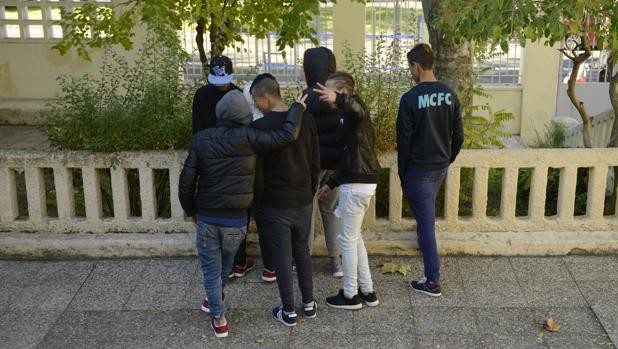This paper represents an empirical investigation into the risk of poverty and/or social exclusion facing immigrants across Europe. The methodological approach is based on the set of ‘Zaragoza indicators’, in the domain of social inclusion, together with some proposed additional ones: income distribution and monetary poverty, material deprivation, in-work poverty, child poverty and risk of poverty and/or social exclusion. The main research question concerns whether immigrants/third-country nationals and nationals constitute two rather distinct groups in terms of exposure to poverty or social exclusion. Mainly using data from the EU-SILC Survey, we find that third-country nationals are severely disadvantaged in most countries, and are occasionally exposed to risks multiple times higher than nationals. There are European countries with similar immigrant populations in which these immigrants experience less favorable outcomes compared to other populations in other countries. Comparative analysis allows us to test the significance of different welfare systems in protecting vulnerable groups such as immigrants, using Eurostat statistics and the MIPEX index. In a cross-country analysis, taking demographic and macro-economic differences into account, results show that the impact of social expenditure on poverty is not significant when it comes to protecting third-country nationals.


